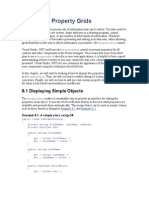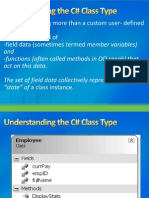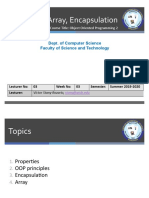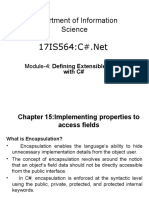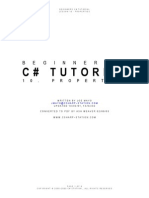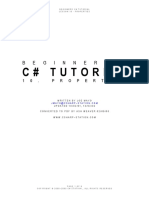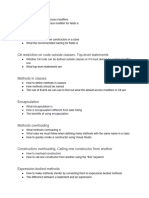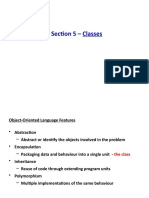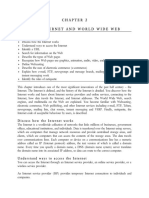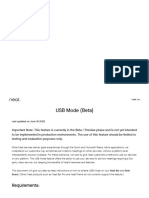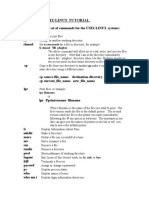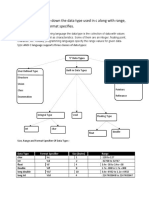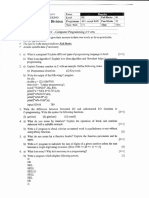0% found this document useful (0 votes)
12 views5 pagesWeek 4
This document provides an overview of properties and indexers in C#, highlighting their importance in encapsulating data and enhancing code readability. It details various types of properties, including read-write, read-only, and write-only properties, as well as auto-implemented properties and their access modifiers. Additionally, it explains the concept of indexers, their use cases, and best practices for utilizing properties and indexers effectively in programming.
Uploaded by
megatronluthor911Copyright
© © All Rights Reserved
We take content rights seriously. If you suspect this is your content, claim it here.
Available Formats
Download as PDF, TXT or read online on Scribd
0% found this document useful (0 votes)
12 views5 pagesWeek 4
This document provides an overview of properties and indexers in C#, highlighting their importance in encapsulating data and enhancing code readability. It details various types of properties, including read-write, read-only, and write-only properties, as well as auto-implemented properties and their access modifiers. Additionally, it explains the concept of indexers, their use cases, and best practices for utilizing properties and indexers effectively in programming.
Uploaded by
megatronluthor911Copyright
© © All Rights Reserved
We take content rights seriously. If you suspect this is your content, claim it here.
Available Formats
Download as PDF, TXT or read online on Scribd
/ 5






















